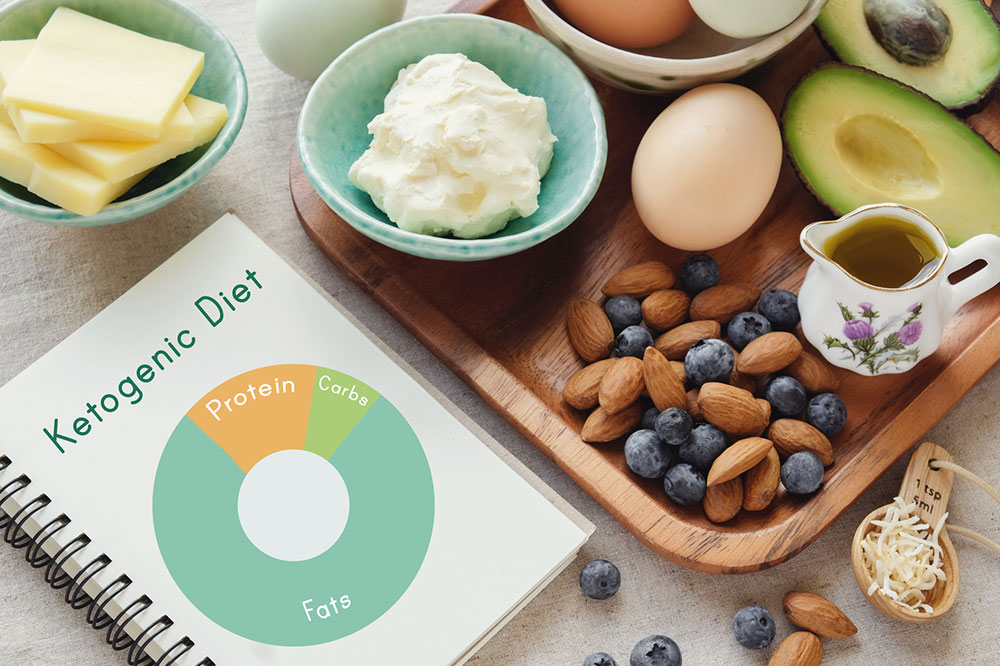Benefits and Drawbacks of the Ketogenic Diet
Explore the benefits and challenges of the ketogenic diet, including its impact on weight loss, metabolic health, and potential nutrient deficiencies. Learn how to approach this high-fat, low-carb plan safely with professional guidance.
Sponsored

The ketogenic diet has gained popularity recently, often seen in recipes, food packaging, and social media. It’s a distinctive eating plan centered around high-fat, low-carbohydrate foods. This diet shifts the body into a state called ketosis by significantly reducing carbohydrate intake and increasing fat consumption. During ketosis, the body efficiently burns fats for energy, converting fats in the liver into ketones that fuel the brain.
Originally developed to treat seizures, the keto diet has shown success in reducing seizure frequency over years. It induces metabolic changes that improve health markers like blood pressure, triglycerides, cholesterol, and insulin sensitivity. The diet's high-fat nature enhances fat oxidation, aiding in weight management. Reducing carbs also lowers blood glucose, making it a potential option for diabetes control.
However, strict elimination of food groups can lead to nutrient deficiencies if not properly managed. It’s crucial to include foods rich in minerals, fiber, B vitamins, iron, zinc, and magnesium, such as seafood, meats, vegetables, and certain legumes. During the transition, many experience the 'keto flu,' with symptoms like headaches, irritability, brain fog, nausea, and fatigue. Maintaining a high-fat diet can also be challenging due to cravings for high-carb foods, and the low fiber intake may cause gastrointestinal issues. Additionally, long-term adherence raises concerns of osteoporosis, kidney stones, and increased uric acid levels. Consulting with healthcare professionals before starting the keto diet is highly recommended.






